Zen Style: how to create a serene atmosphere at home
The zen style is a decorating trend that favors simplicity, nature, and serenity. It draws its origins from Japanese and Chinese culture and focuses on harmony between different elements to create a peaceful and balanced living space. In this article, we will explore the different characteristics of the zen style, the key elements to succeed in zen decoration, the colors to use, and the mistakes to avoid. We will also discuss how the zen style can benefit your mental and physical well-being.
The 6 characteristics and key elements of a zen style decoration
The zen style is characterized by simplicity, purity, and functionality. Zen spaces are often free of clutter and garish colors, focusing instead on neutral and calming colors. Shapes are often geometric and clean, and natural materials like wood, stone, and bamboo are favored. Natural light is an important element in zen decoration. It is used to illuminate the room and highlight the various decorative elements. Plants are also key elements of zen decoration, as they bring a touch of nature inside the home and purify the air.
Zen furniture

Furniture in a zen decoration must be simple and functional. They should be arranged to create an open and balanced living space. Rice paper room dividers are also commonly used in zen decoration to create a light separation between different areas of the room.
Colors to use in zen decoration
In zen decoration, the color palette is based on soft and calming colors. Neutral colors like white, beige, pale gray, or light blue are favored because they promote a harmonious atmosphere. These shades invite calm and relaxation, helping to soothe the mind. While brighter touches can sometimes find their place, they must be used sparingly. In successful zen decoration, overly dark colors that weigh down the atmosphere are avoided, and subtle shades are preferred, capable of revealing the beauty of simplicity.
Minimalism in the zen style
Minimalism is a key aspect of the zen style. This means that every element in the room must have functionality and meaning. Spaces should be airy and have minimal distractions. Furniture should be simple and functional, with clean shapes and a neutral color palette.
The use of natural light
In the zen style, the use of natural light is favored. Large windows allow better ventilation and offer a view of nature. Artificial lighting should be soft and diffuse to create a peaceful and calm atmosphere. Candles and salt lamps are also used to create a relaxing ambiance.
The importance of plants
In the zen decoration style, the presence of green plants plays an essential role. They bring a touch of nature indoors, purify the air, and fully contribute to a soft and soothing atmosphere. A true link between man and his environment, each green plant contributes to a harmonious and balanced atmosphere, in line with the principles of feng shui. Among the most prized species in zen decoration are bamboo, bonsai, fern, and jade plant, all chosen for their understated beauty and symbolism.
Natural textures
Natural textures are also very important in the zen style. Materials such as wood, stone, linen, and cotton are often used. Fabrics should be soft and comfortable, with a natural texture. Wool rugs, cotton blankets, and linen curtains are popular choices.
Mistakes to avoid in zen decoration

One of the most common mistakes in Zen decoration is the excessive use of decorative elements. Zen spaces should be clean and uncluttered, without overcrowding. It is also important to avoid garish colors and overly complex patterns, which can disrupt the tranquility of the space. Another common mistake is not using enough natural light. Zen spaces should be bright and well-lit to highlight the various decorative elements and create a peaceful atmosphere.
The serenity and well-being benefits of Zen style
Zen style can have beneficial effects on your mental and physical well-being. It is a style that aims to create an atmosphere of serenity and calm. To achieve this, it is important to keep spaces clean and tidy. Elements should be arranged in a balanced and harmonious way. Colors should be soft and soothing, with a palette of neutral colors such as white, beige, gray, and black.
Choosing your lighting for Zen style decor
In Zen decoration, light plays a fundamental role. It should be soft, diffuse, and soothing, reflecting the desired ambiance. The choice of Zen lighting then becomes a central element to create a harmonious and natural atmosphere. Paper lamps, often inspired by Japanese interiors, are perfect for this type of decoration style. Their visual lightness, rounded shapes, and soft light help create a calm and refined ambiance. Hung from the ceiling or used as accent lamps, they emit warm light without dazzling. Another essential choice is wooden lighting. With its raw and natural materials, it fits perfectly within the Zen spirit. Whether it is a light wood bedside lamp in a bedroom or a openwork wooden pendant in a dining room, these lights bring both structure and warmth to the space. By cleverly combining these elements, it becomes easy to enhance the Zen atmosphere of your interior, playing with light sources while preserving the simplicity and balance inherent to this aesthetic.
Zen style is a decoration style that aims to create a peaceful and calm atmosphere. It is inspired by Zen philosophy, which advocates simplicity and serenity. The key elements of Zen style include the use of neutral colors, minimalism, the use of natural light, the importance of plants, natural textures, and serenity. By following these principles, you can create a Zen atmosphere in your home that will help you relax and feel more serene. On our site, you will find a whole selection of Zen style lighting, perfect for filling your interior with serenity.

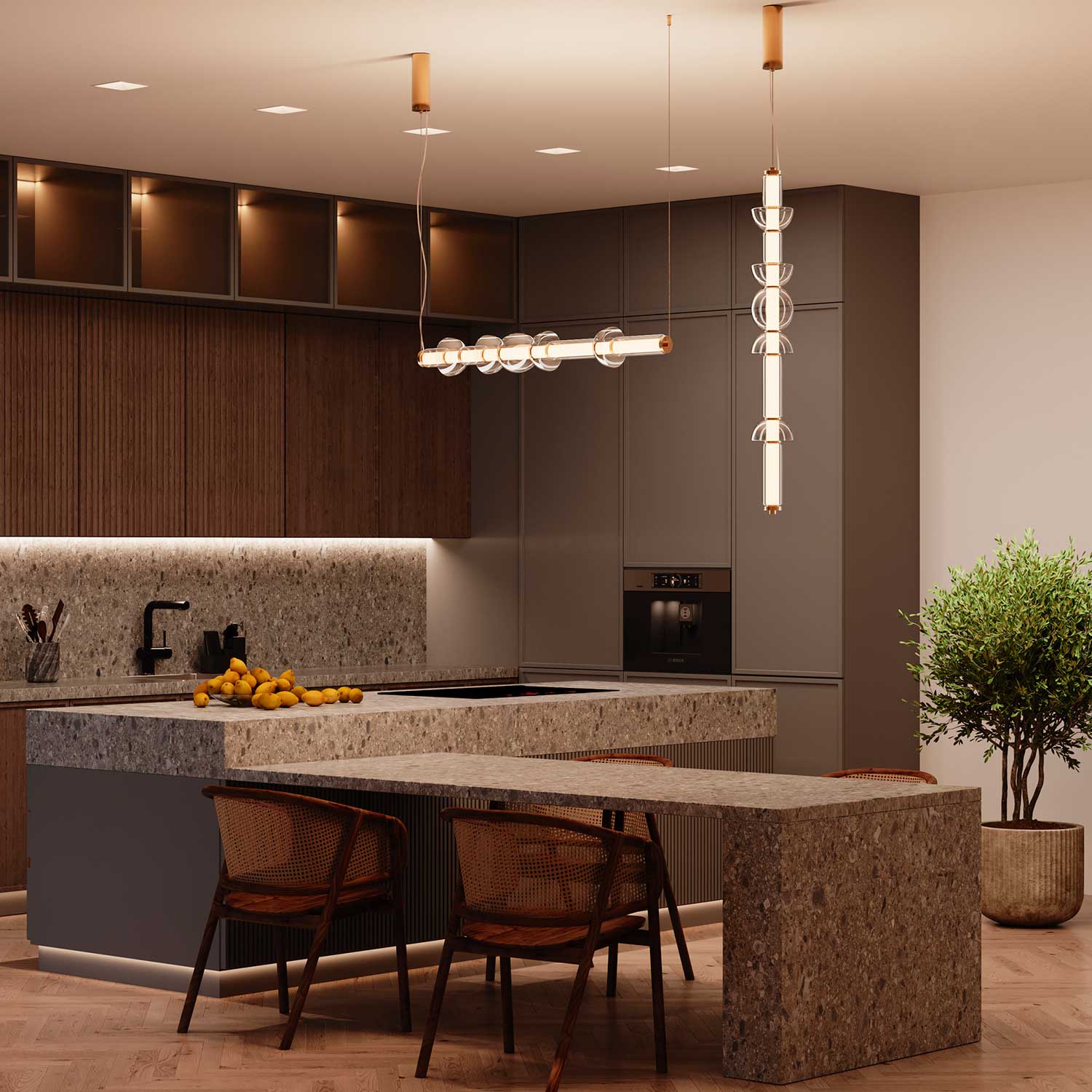
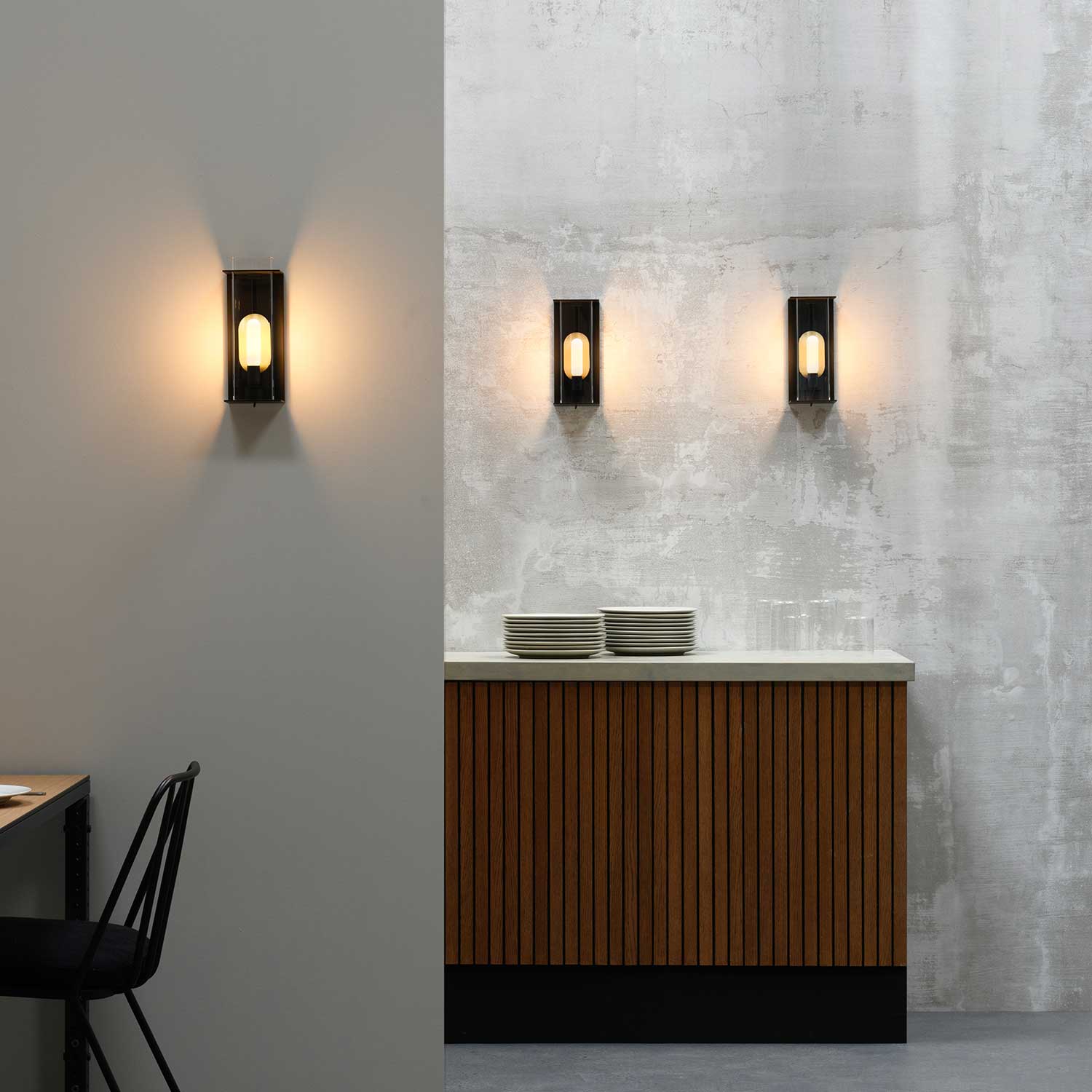
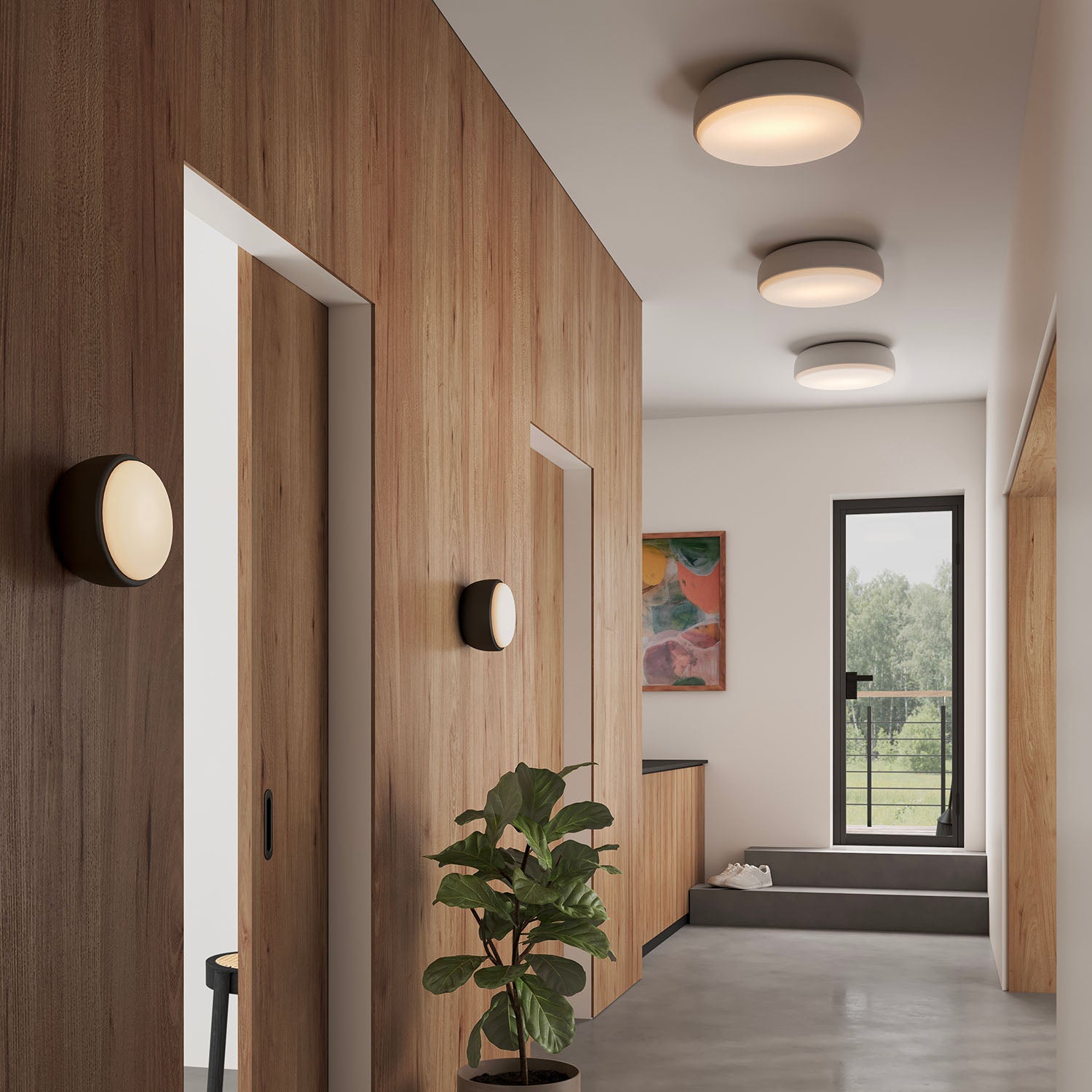
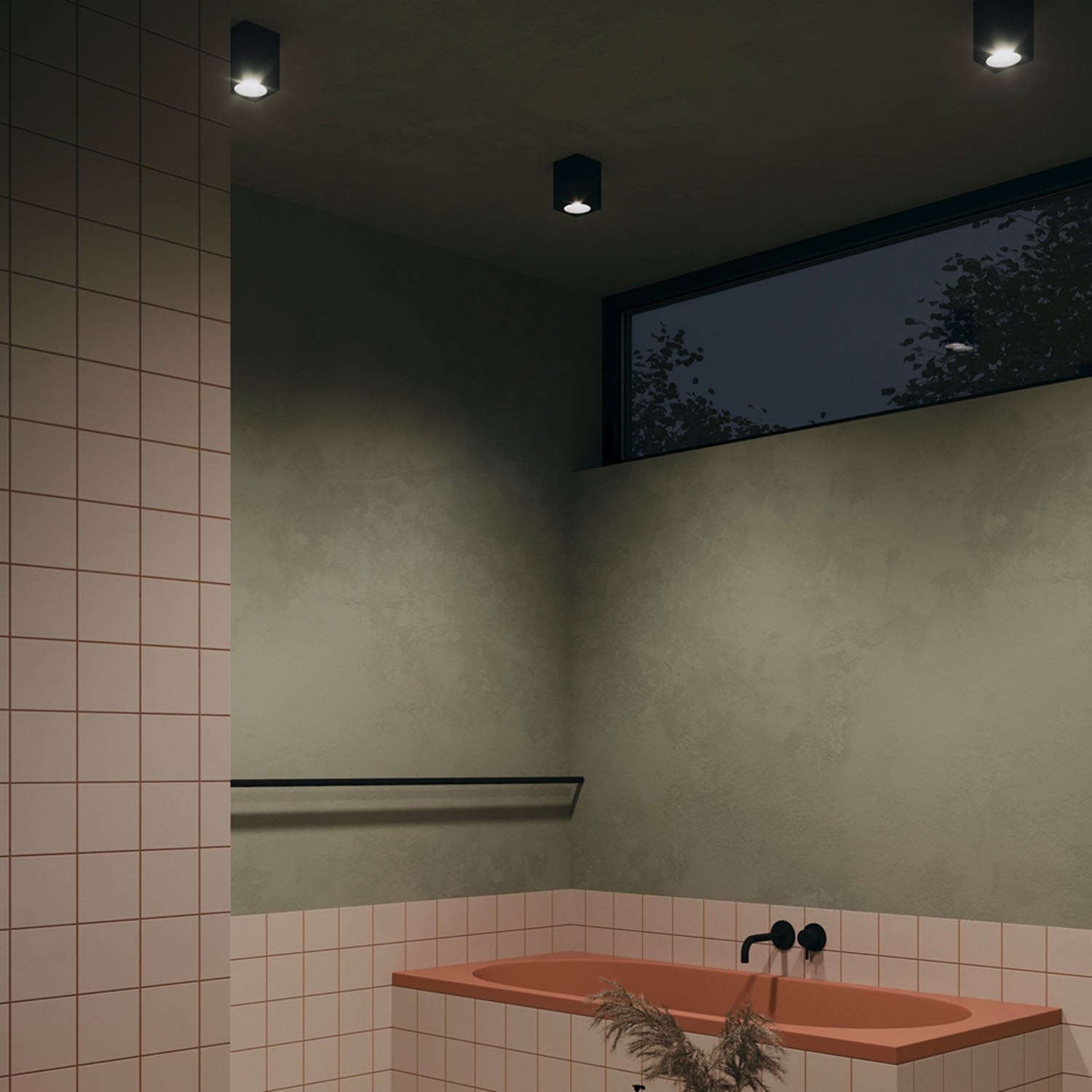
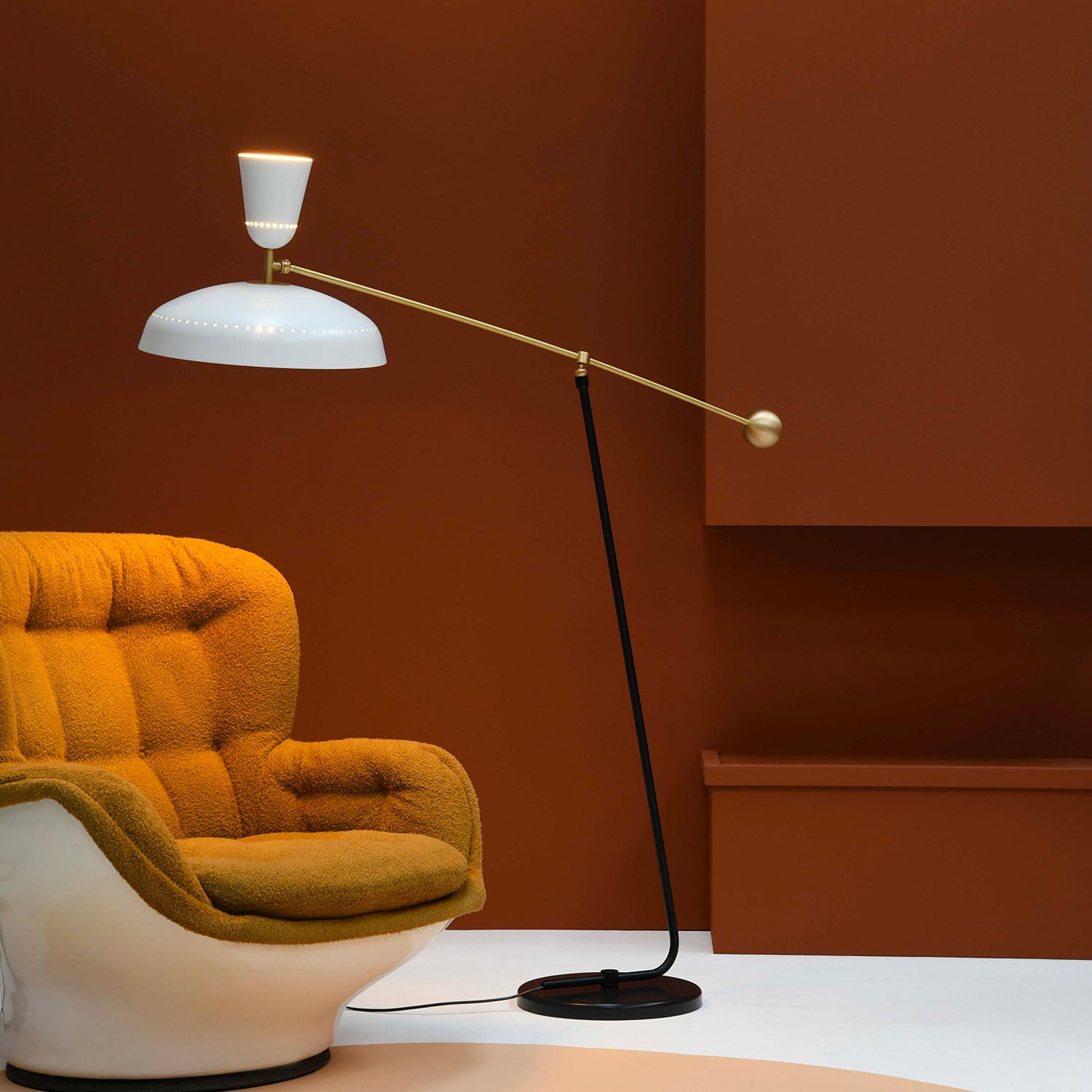
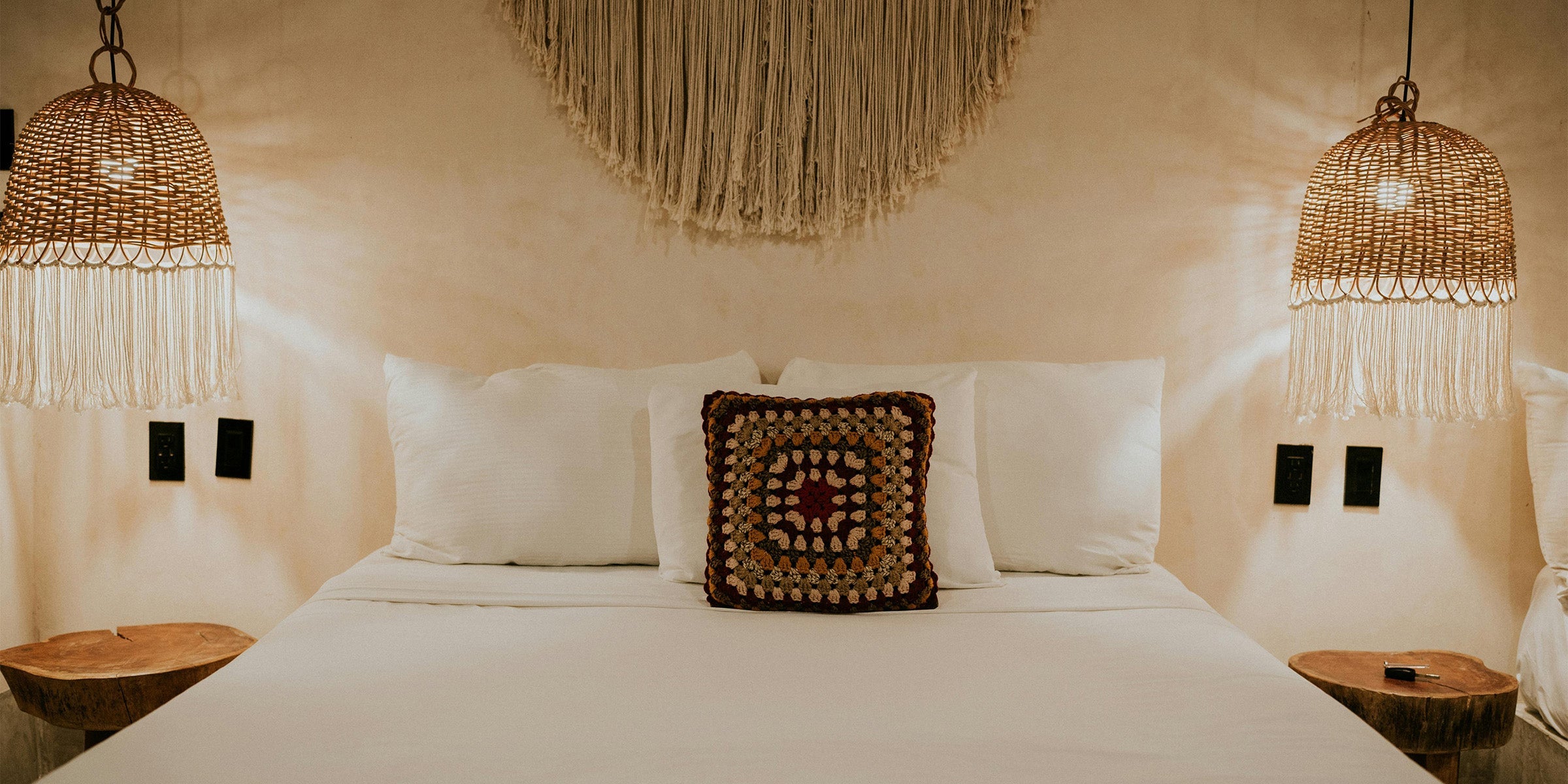
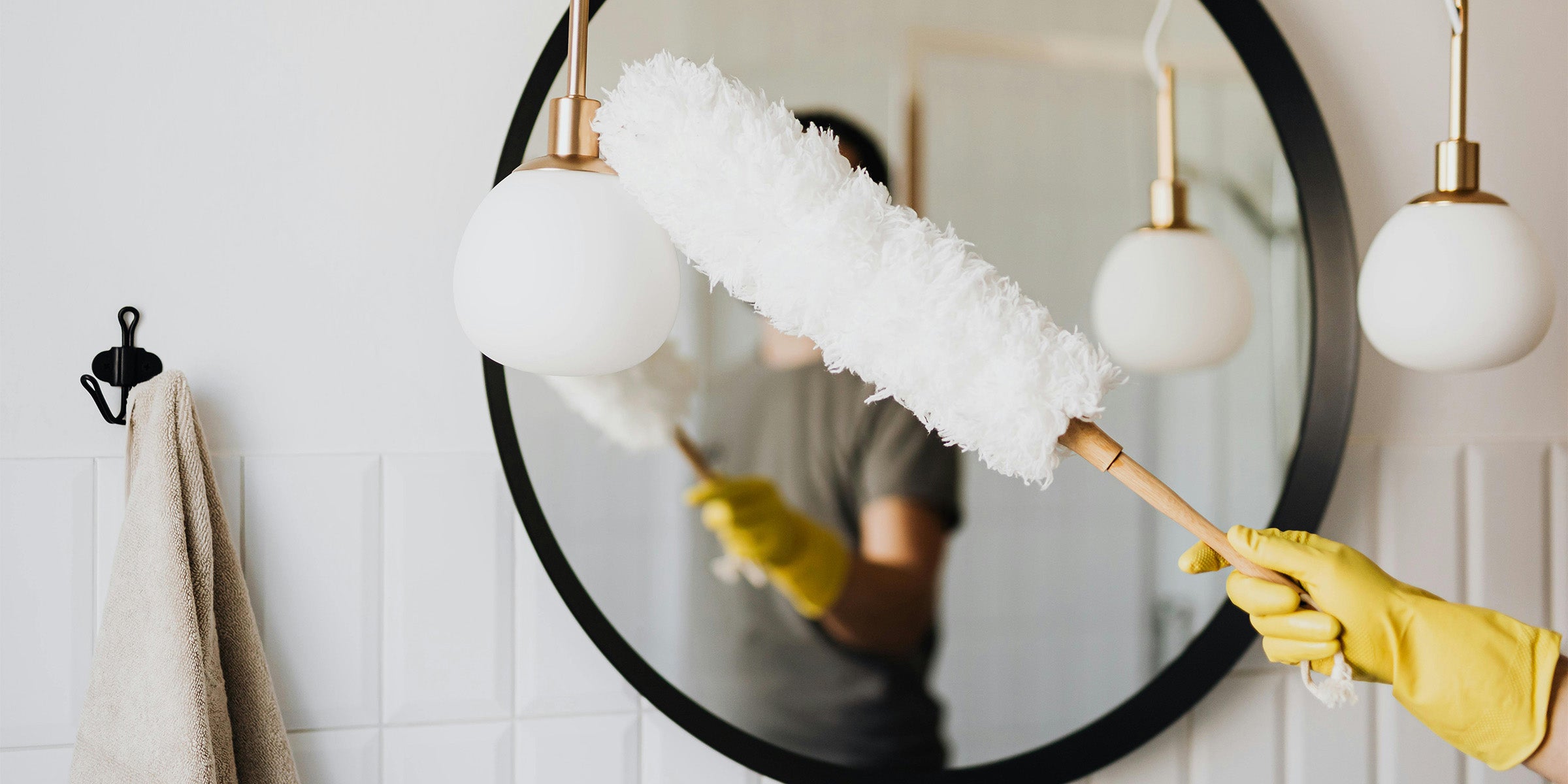
Leave a comment
This site is protected by hCaptcha and the hCaptcha Privacy Policy and Terms of Service apply.